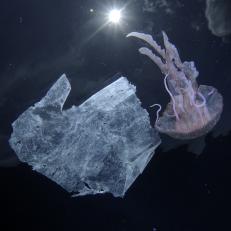The Loud Problem Beneath the Sea
Since 1970, NRDC has worked to ensure the rights of all people to clean air, clean water, and healthy communities. Today, NRDC is leading the fight to save our climate so that future generations can thrive. Be a force for the future - Join us.
The little-known problem of underwater noise has destructive consequences for marine life. This new threat affects whales, sharks, and dolphins, and dedicated teams are working desperately to try to save them in SONIC SEA.
You can stream SONIC SEA on discovery+.
April 17, 2021
Shop This Look
Marine life exists in a world dominated by sound. From pistol shrimp to blue whales, marine species use sound to find prey and communicate, sometimes over distances of hundreds of miles or more.





















.jpg.rend.hgtvcom.231.231.suffix/1629480570425.jpeg)


